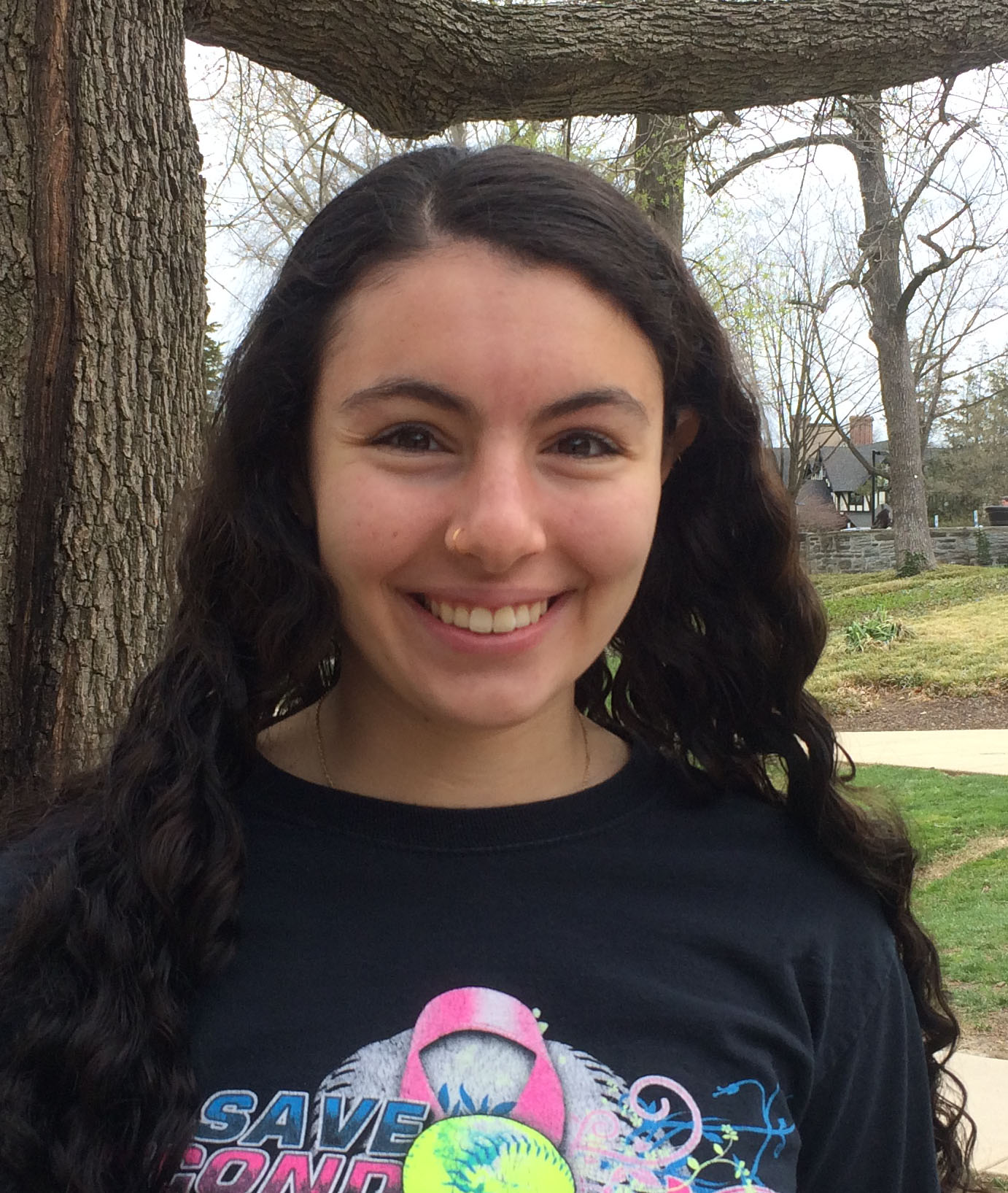Below is a summary of the abstract you submitted. Presenting author(s) is shown in bold.
If any changes need to be made, you can modify the abstract or change the authors.
You can also download a .docx version of this abstract.
If there are any problems, please email Dan at dar78@pitt.edu and he'll take care of them!
This abstract was last modified on April 29, 2019 at 3:57 p.m..

The 2018-2019 cohort of Phage Safari students isolated and characterized 16 different mycobacteriophages that infect Mycobacterium smegmatis, a close relative of the tuberculosis-causing bacterium Mycobacterium tuberculosis. By restriction endonuclease digest patterns and transmission electron microscopy, nine phages exhibited short tails which classified them as myoviridae and likely belonging to the C1 cluster. The other 7 phages had long flexible, non-contractile tails which classified them in the siphoviridae family. Four phages were sequenced – Kipper29, Mcshane, Giuseppe, and JPickles. Kipper29 was sorted in cluster A6; its genome of 52,009 base pairs contains 98 genes with 3 genes encoding tRNA. Mcshane was sorted in cluster B1 with 68,929 base pairs containing 103 genes, including an orpham. Giuseppe was sorted in cluster D1 with 64,604 base pairs containing 89 genes. JPickles, with the myoviridae morphotype, belonged to the C1 cluster with 155,116 base pairs containing 228 genes, 36 tRNA genes, and one gene encoding tmRNA. Using both DNA Master and PECAAN, we have made gene calls and confirmed many proteins that they encode. So far, all four mycobacteriophages have very similar features as other phages in their respective clusters. After 4 years of attempting to isolate phages from other hosts – Arthrobacter and Gordonia – with low rates of success, moving back to M. smegmatis gave every student in the class opportunities to carry out the entire phage isolation process and gain a sense of accomplishment.


